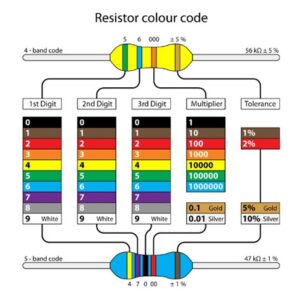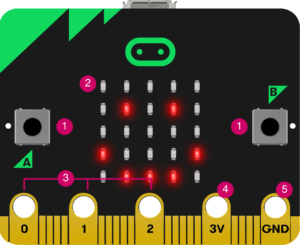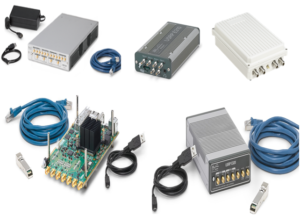Internet of Things popularly known as the methodology of connecting various devices online has been a buzzing word in the last few years and we at Tenet Technetronics as always have been exploring ways in which we could build some crazy projects out of it as well as prototype some designs that cater to some real world use cases.
In this post we wanted to share how we understand this technology as well as share our knowledge so that readers could get a first cut on how they could start thinking futurisitically and account for their projects to be compliant with these kind of tecnology.
Going through a lot of documents as well as resources we made our version of understanding of the Internet of Things and derived certain terminologies so that it is easier to explain the concepts of the IOT in a way that is understandable to begineers.
To start with at an outset Internet of Things (IOT) in our version is an internet intelligence enabled system design. A simplistic way to understand the whole concept is to understand that there are some main components involved at a high level as Tenet developers understand it:
Sources
Sources as we rightly call is the source of data from the overall system. This could be a simple sensor like a temperature sensor or a data coming out of a industrial machine (for instance an output from a load cell or a strain gauge), GPS data from a vehicle, videos from cameras, build or system services log from a laptop or a PC, mobile phone data may be geolocation ..etc and much more.
An implementation detail for sources to be Internet enabled is that they should have a mechanism to connect to the network(LAN, WAN, GPRS..etc).
What could qualify as a source to start beginning the design ?
A good starting point is to first recognize around us on what platforms can be considered as a source. Some simplest configuration of sources include.
- An arduino with an ethernet shield connected to a network .
- A raspberry pi with a IO board if it is planned to connect to external sensors.
- A beagleboard , beaglebone or a pandaboard (if there are high processing needs).
- A TI launchpad microcontroller with a ethernet booster. ..etc
- An android phone
- A PC/Laptop.
The list goes on and on and there are lot more things that could be used !
Data processing Engine.
Now comes the question on where this data goes ?
The data processing engine(DPE and internal tenet terminology) is the heart of the system where in all these crazy data from possible millions of systems are heading and this where all the magic of data crunching happens.
Where does the DPE reside?
A common misconception amongst a lot of developers as well as people in general is that this DPE is a big monster and is something that large that can reside in big rack of servers or the popular terminology called the cloud these days. There is a lot of buzz about the term "Cloud" in general these days and we are starting to hear a lot of exciting terminologies like cloud stordage, cloud computing, cloud infrastructure and much more. What we clearly see today is that any system that is prefixed with the terminology of cloud really has an upper hand.
Now coming back to the main strem question. The DPE can reside on a local server that runs on a PC /Laptop !
Yes you read it right. The DPE is a small piece of software written in popular web languages like php, ruby, .net , html ..etc that can collect , process , analyze and react to data. The DPE could reside on a local WAMP or a LAMP server or could also reside on a server that is available through the WWW, if affordable. There are a lot of solutions that are available ready made that provide the infrsatructure that makes it happen. Google App engine, Amazon EC2 .etc are some popular choices.
To remember we call it CPAR and could be intepreted as "See Par data" . Yes, data is available in its native form and the DPE enabels to visualize in a manner that we would like to interpret it.
We will write more in future about CPAR and open source solutions that help us easily do this complicated tasks in future blogs, please take time to check back our blogs to learn more.
Sinks
Sinks as we call it are components that enable us to see the final results . The sinks could be either software components or hardware outlets that could enable the user to broadcast results.
Software Sinks are sinks like map viewers, graphs, documents, scopes and guages , twitter accounts ,and much more.
Hardware sinks are sinks like HMIs, touch screens, LCD displays, machines , relays ..etc
We are planning to write more about the IOT in near future and please stay tuned to learn more . Of course there are some exciting open source products in the works and we are polishing it up and getting it ready to put it for use soon !
We have a dedicated consulting and services team piloting the IOT with a lot of customers and please feel free to send in your enquires to explore the opportunities to work with us to get a solution ready . Please feel free to send us your inquiries at info@tenettech.com







